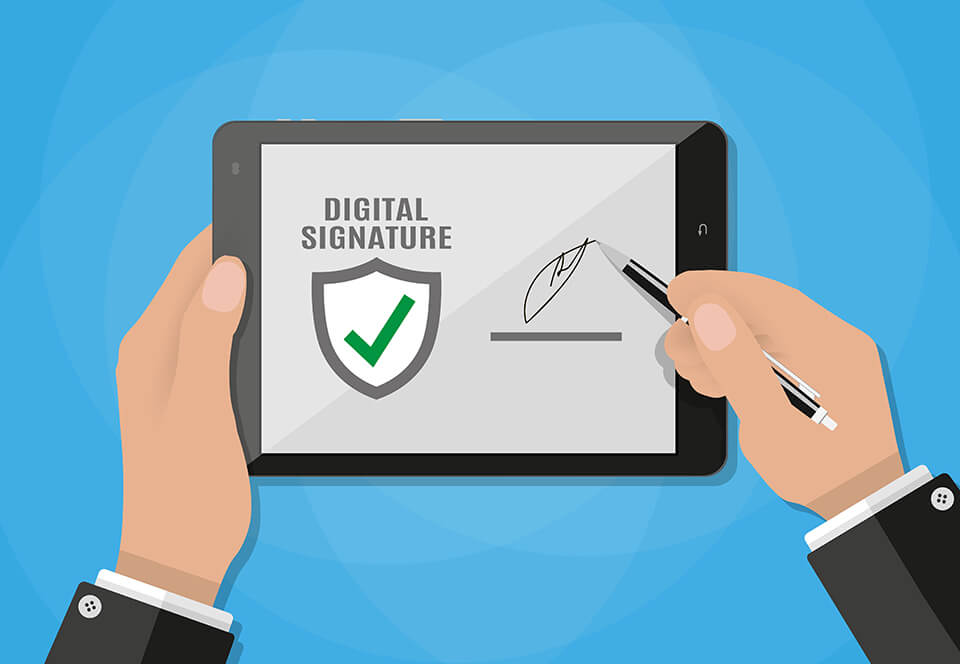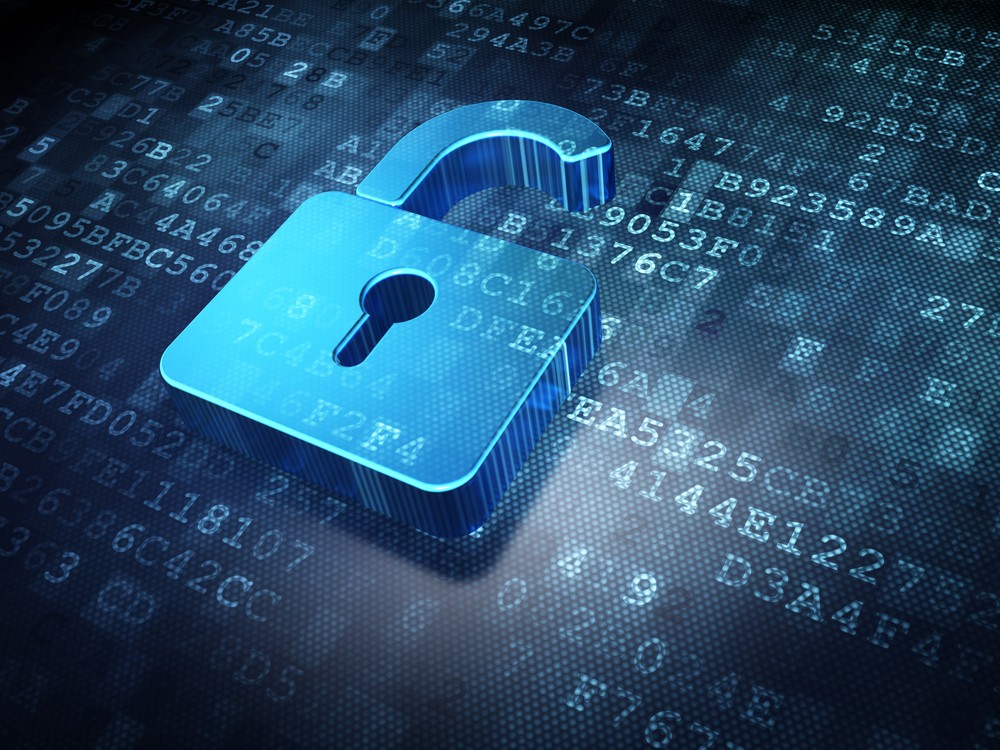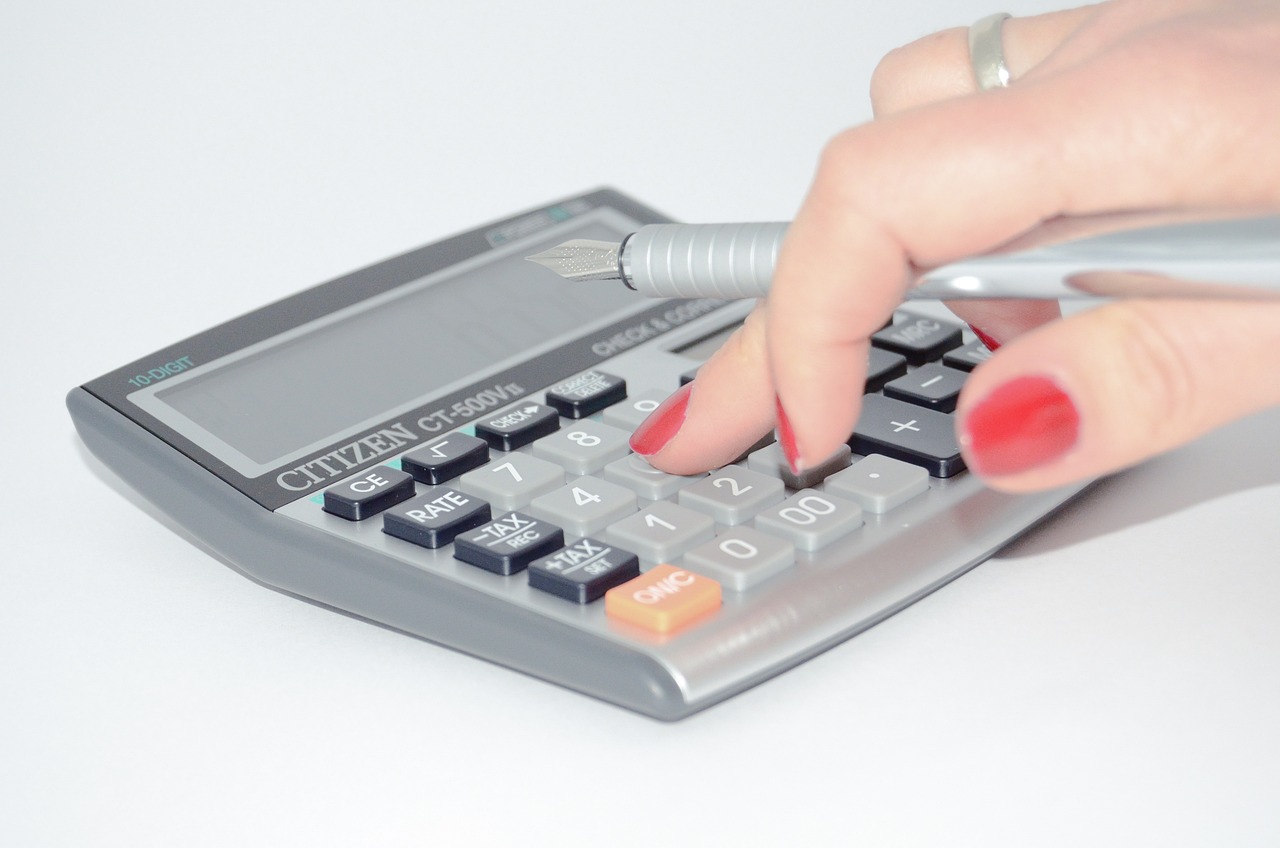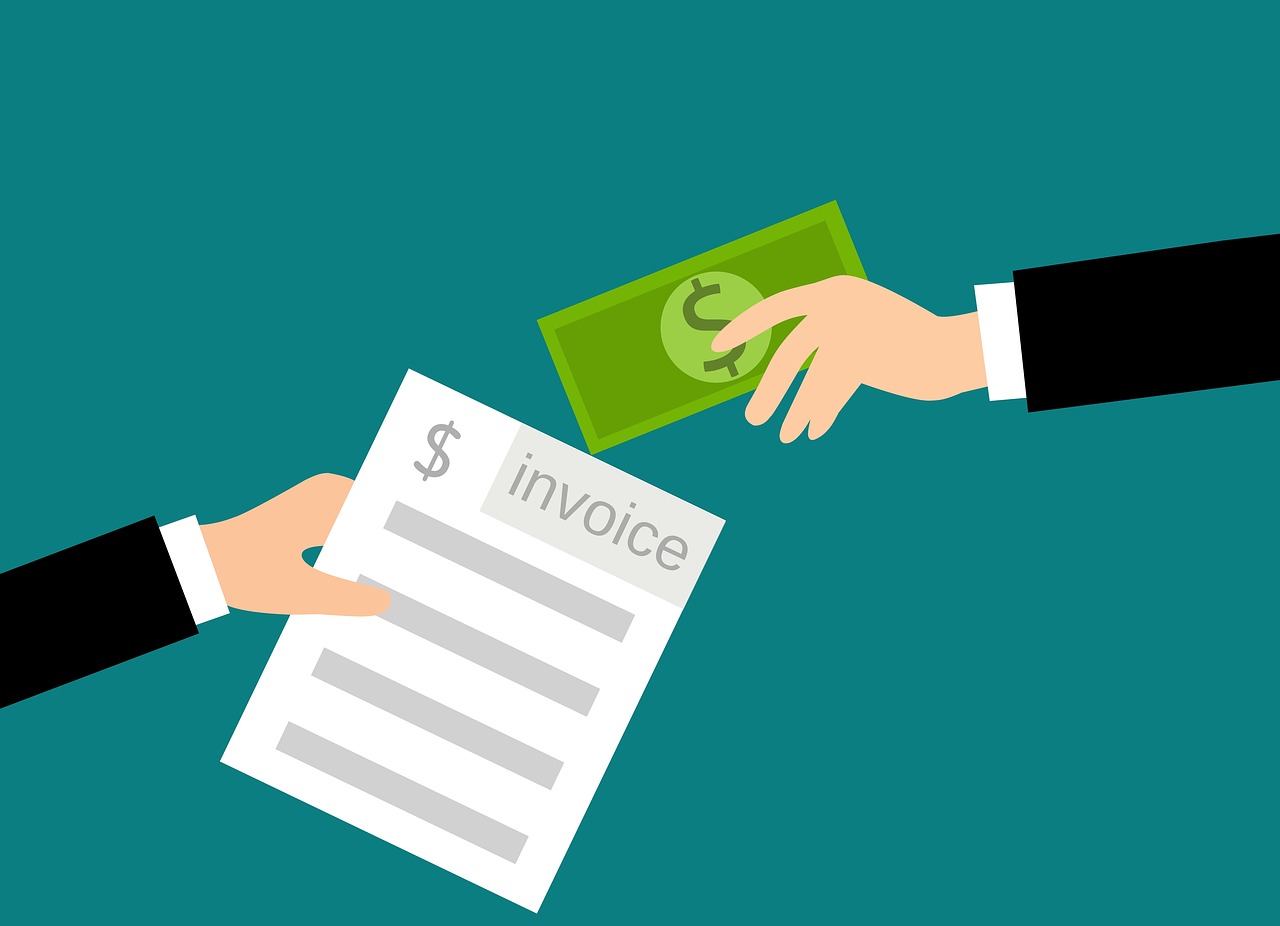Digital Signatures in Invoicing: Ensuring Security and Legality
Welcome to the future of invoicing! Gone are the days of waiting for inked signatures on physical documents. Digital signatures in invoicing are the new standard, safeguarding data and offering top-notch security and quick validation. Let’s explore why making this switch is handy and just plain wise.

The Significance of Digital Signatures in Securing and Validating Invoices
So, why’s everyone talking about digital signatures? As companies move online, even essential stuff like invoices could be upgraded digitally. Digital signatures? They’re not just a trend but a must-have for keeping our dealings open and secure.
Remember when getting a document signed meant sending it off and waiting (and waiting) for it to return? Digital verification has changed that scene. They’re efficient, ensuring that whether you’re signing a contract or validating a transaction, it’s quick and trustworthy. Want a real-world glimpse of this digital change? Check out
Saldo Invoice. It shows how going digital can simplify business processes.
But with this digital wave, shifting operations online brings up a big question: Is it safe? Digital verification comes in as the answer. Think of it as a digital handshake, ensuring your invoice reaches its destination untampered and authentic. It’s peace of mind in a digital format. If you’re keen on beefing up the security of your e-invoice even more, our
Security Invoice Template by Saldo has got you covered. It’s crafted to offer top-notch security, finding that sweet spot between simplicity and safety.

Legal Aspects and Compliance Requirements for Digital Signatures in Invoicing
Digital signatures are not only handy and safe; they also have the backing of the law. When dealing with invoices, you want to be on solid legal ground. Good news! Electronic authentication is more than just making life easy; they’re backed by severe legal rules.
Around the world, the legal thumbs-up for digital verification is on the rise. Many places around the globe recognize the importance of electronic signatures. They’ve set rules to make sure these signatures count. These rules help everyone feel good about online dealings and make sure businesses can smoothly move in today’s digital world. So, when you put your digital stamp on an invoice, you can bet it’s as legit as it gets.
Plus, as our tech and safety tools keep getting better, digital signatures are becoming even more trustworthy. Even as online threats get trickier, the tech supporting digital signatures is always getting better, staying one step ahead in protecting our online deals. This progress makes companies feel secure and nudges more sectors to go digital. It’s a sign (pun intended) that electronic authentication is changing the business game big time.
Benefits of Implementing Digital Signatures for Invoice Authentication
We’ve chatted about the tech and legal sides of digital signatures. But why are they important? Why should companies even bother with them for their invoices? Here’s a heads-up: The benefits are amazing. Digital signatures are making waves in the business scene. And in business, having secure dealings isn’t just a nice-to-have; it’s a must.
Digital signatures step up to this challenge brilliantly. Here are the key points:
- Tamper Detection: Digital signatures immediately flag any post-signing alterations, ensuring that unauthorized changes are quickly identified and addressed. It helps build trust all around and keeps that document legit.
- Identity Verification: This makes sure that it’s the right folks giving the green light, showing the transaction is legit, and ensuring only the right people are involved.
- Clear accountability: With digital verification, there’s no turning back once a document is signed. That means once they’ve put their digital mark, there’s no denying it later.
It assures everyone’s on the same page, cuts down on any “that’s not my signature” disputes, and thanks to these, digital signatures aren’t just giving everyone peace of mind; they’re a solid defense line, preventing any suspicious activities and boosting trust between businesses and their customers.

Types of Digital Signatures Suitable for Invoicing Processes
Digital signatures don’t fit every situation. Depending on your invoicing needs and the nature of your business, there’s a spectrum of digital signature types to consider.
Here’s a quick guide to help you navigate these choices:
- Simple Electronic Signatures (SES): These are basic signatures, like a scanned image of your handwritten signature or ticking a checkbox online. Ideal for straightforward transactions, they’re often selected for scenarios where risk is perceived to be minimal.
- Advanced Electronic Signatures (AES): A more sophisticated choice, AES is tightly tied to the signer’s unique identity and remains exclusively under their control. Any post-signing alterations to the document are instantly detected, making them a preferred choice for sensitive documents.
- Qualified Electronic Signatures (QES): At the pinnacle of electronic authentication, QES are produced using a specialized signature creation device and hinge upon a suitable certificate tailored for electronic signatures.
Knowing these kinds lets you shape your billing system to your business’s unique needs. If you’re looking to see how these signatures can be integrated seamlessly into invoicing designs, check out the
Webdesign Invoice Template by Saldo. It’s a great example of how billing and digital autographs can gel well together.

Step-By-Step Guidance on How to Integrate Digital Signatures Into Your Invoicing Workflow
You recognize the importance of digital signatures for invoicing and want to incorporate them into your current system. It might seem overwhelming initially, but a systematic approach can make the transition straightforward and effective.
Here are some foundational steps to get started on the right foot:
- Needs Assessment: Begin by evaluating the intricacies of your operations. Determine the digital signature type that would be most appropriate. Is it a simple electronic acknowledgment you’re after, or is there a need for a more advanced, legally robust signature? Your answer will form the cornerstone of your subsequent actions.
- Research Providers: The market is awash with diverse digital signature platforms with unique offerings. It’s paramount to sift through the myriad options and pinpoint a solution that fits your business needs, budgetary constraints, and existing technical setup.
- Legal Review: Incorporating digital verification isn’t just a technical change but has legal consequences. It’s prudent to familiarize yourself with the local regulations. Consider seeking counsel from legal professionals to ensure you’re compliant and protected from potential legal pitfalls.
- Training: A new system is only as good as its users. Take the time to educate your team, acquainting them with the intricacies of the new digital signature process. A well-informed team can adapt faster, reducing possible operational issues.
After establishing the foundation, the next step is the real deal—integration. Kick-off with a pilot test involving a select team in your business. Trying it out first-hand gives you the real scoop, making tweaks a breeze. Plus, keeping the chat lines open is critical. Everyone should be informed about changes, when things will happen, and what to expect.
Integrating the Digital Shift
Moving to digital signatures in your billing isn’t just about a shiny new tool. It’s about keeping pace with business today. We’ve discussed the perks, like beefed-up security and getting more done. And while the integration process requires effort and diligence, the returns, in terms of security, compliance, and operational efficiency, are well worth it.
Elizabeth Cherepyna
Product Manager, she is analytic of the behavior of users in the application, communicates with them, to better understand what we need to improve, and sets tasks for her team.
Learn more









